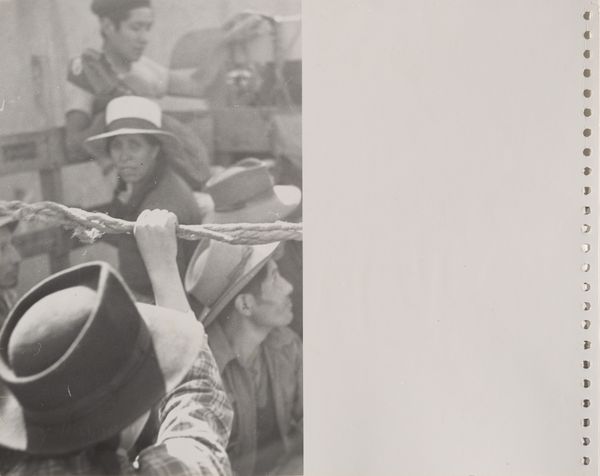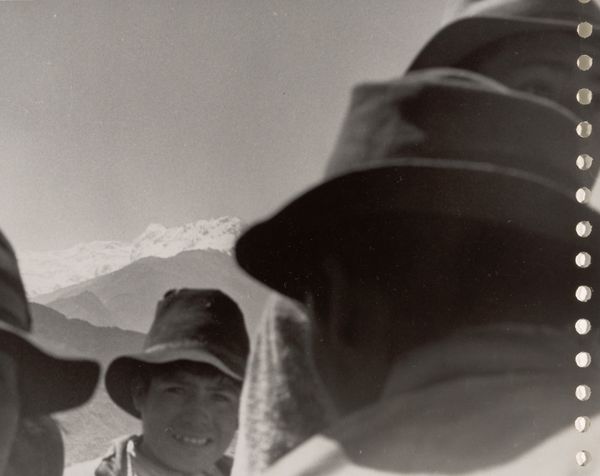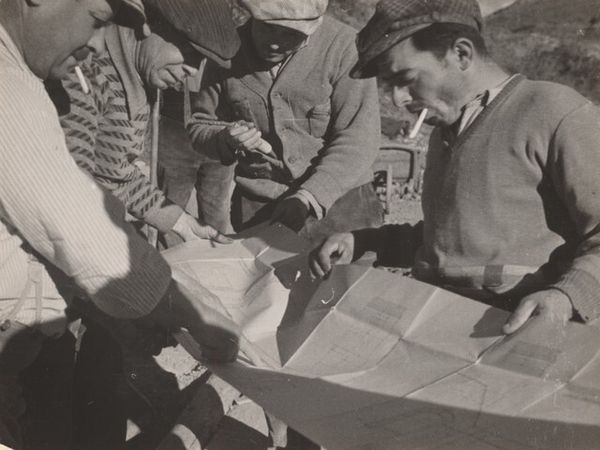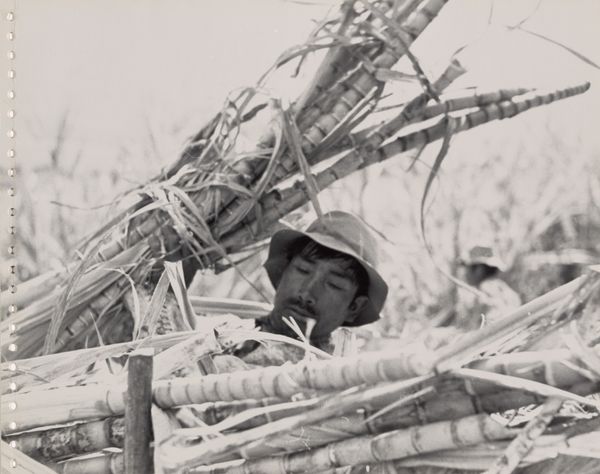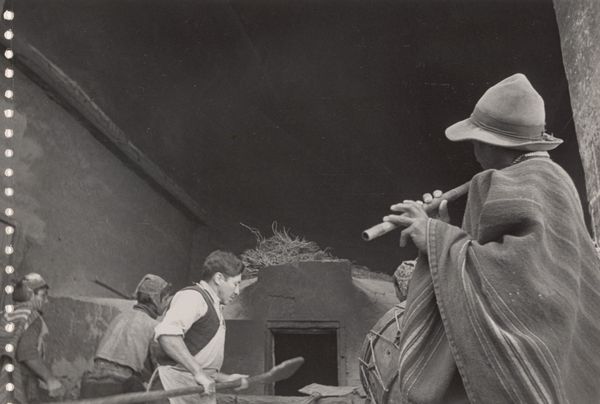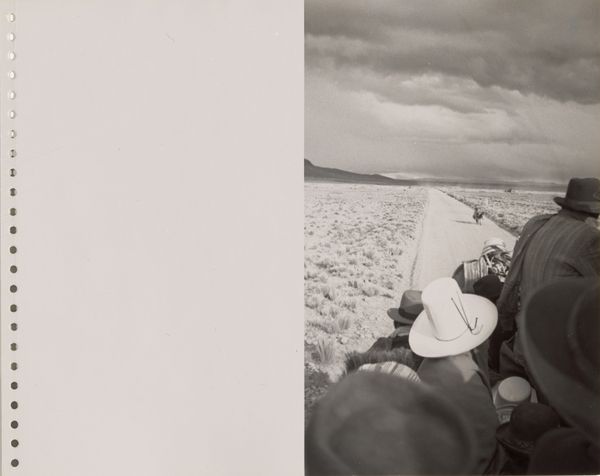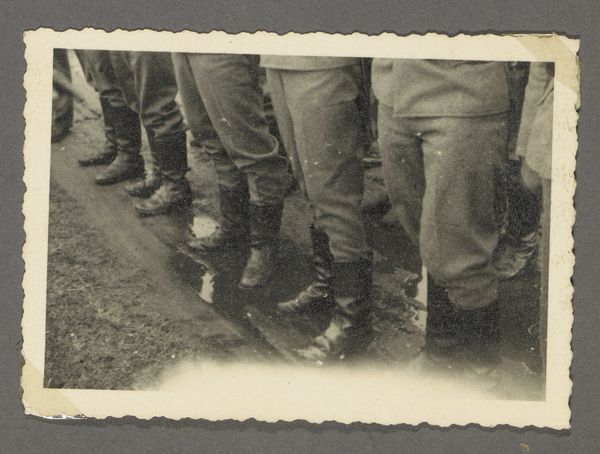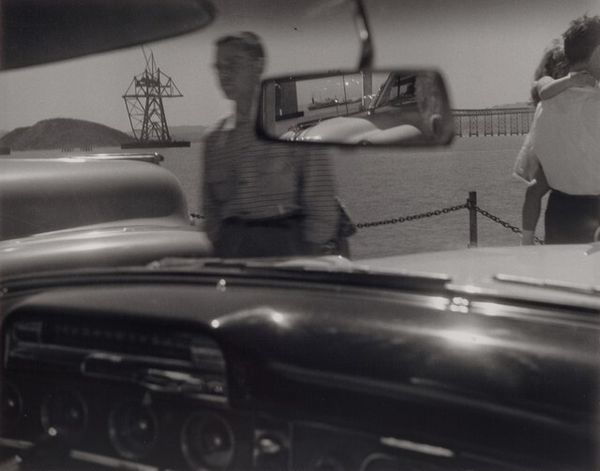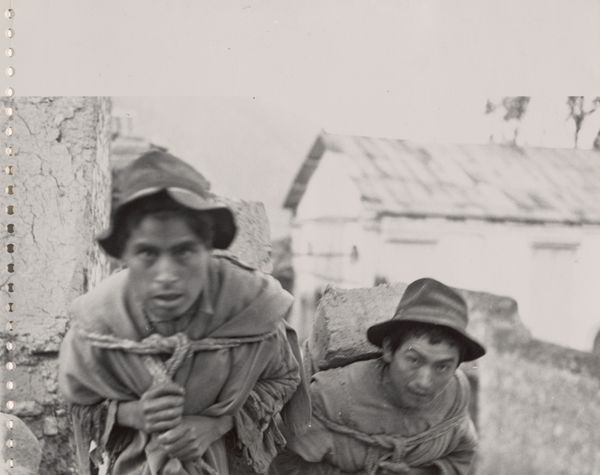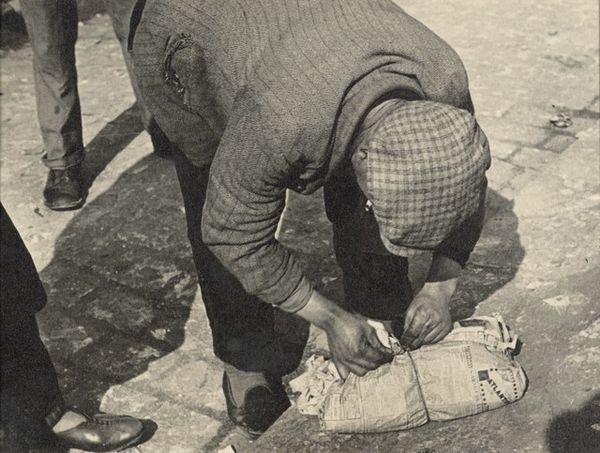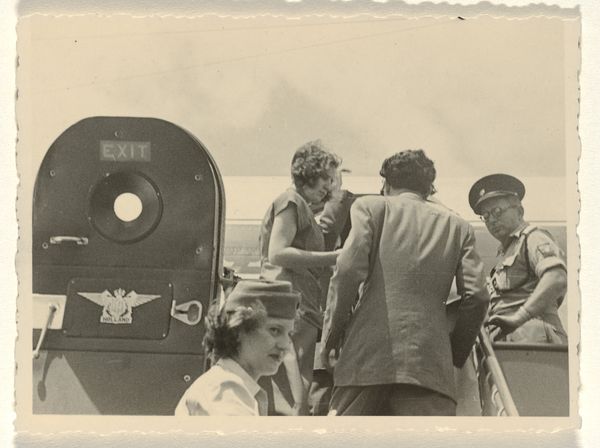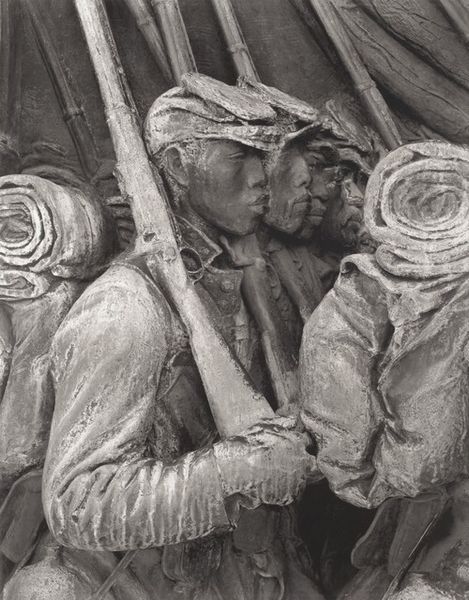
photography, gelatin-silver-print
#
portrait
#
black and white photography
#
black and white format
#
photography
#
black and white
#
gelatin-silver-print
#
monochrome photography
#
realism
Copyright: National Gallery of Art: CC0 1.0
Editor: This photograph, "Peru, page 12" by Robert Frank, made in 1948, is a gelatin silver print. I'm struck by how claustrophobic the composition feels, a sea of hats and people crammed into a single frame. What do you see in this piece that I might be missing? Curator: That feeling of compression is key, and Frank masterfully uses it to make a broader commentary. Think about 1948; post-war, increased global interconnectedness, yet still sharp divides. The crush of people could represent the masses, struggling within existing social hierarchies. Those hats, they are a visual barrier and a class signifier at once. Consider where this image would have been exhibited or published - what would the largely Western audience have made of it? Editor: So, the way it's presented, even outside of Peru, is important? Curator: Absolutely. Frank's work, especially later with *The Americans*, challenged the romanticized narratives often associated with documentary photography. He often showed the underbelly, the discomfort, the imbalance of power. Do you get a sense of the photographer's perspective in relation to the subjects? Is it detached, sympathetic, critical? Editor: It feels… intimate but distant, if that makes sense. Like he's part of the crowd but also observing it from slightly outside. He’s documenting it, rather than glorifying or judging. Curator: That tension is what makes it so compelling. Frank, as an outsider himself – a Swiss-born photographer traveling and documenting America and elsewhere – occupies this in-between space. It encourages us to question the act of looking, of representing, and the socio-political implications of who is doing the looking and who is being looked at. Editor: I see it now. I was focused on the individuals, but it's more about the bigger system they're a part of, and the photographer’s position within that system. Curator: Precisely. And that questioning is what gives the image its lasting power.
Comments
No comments
Be the first to comment and join the conversation on the ultimate creative platform.
